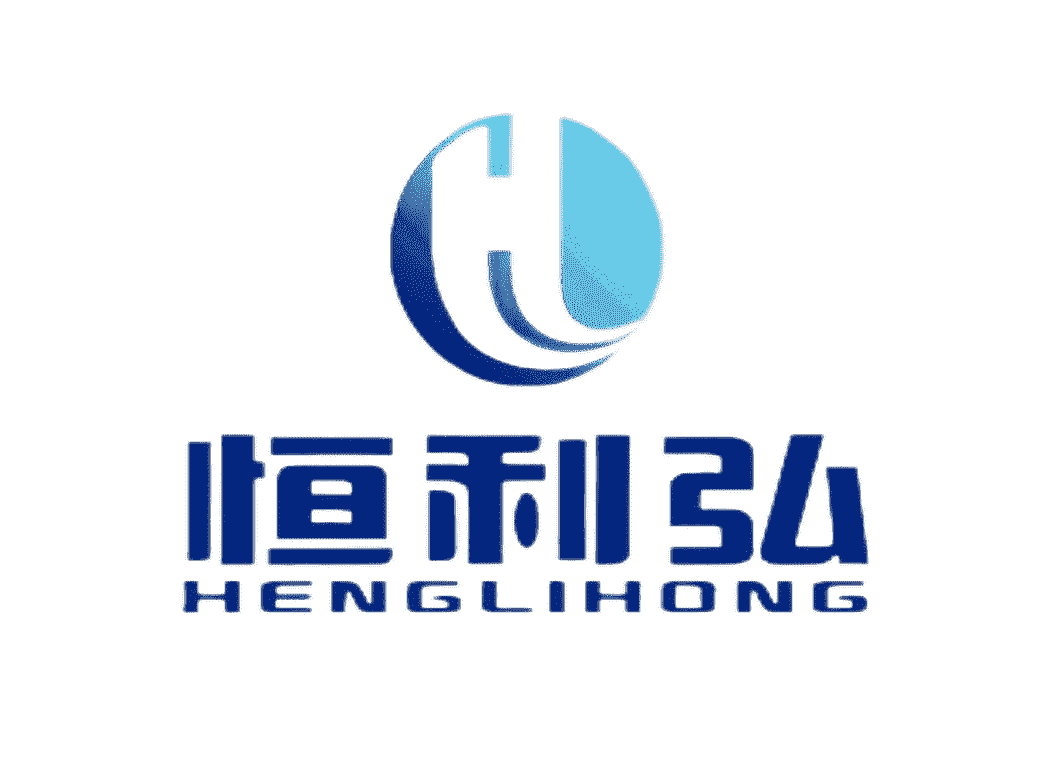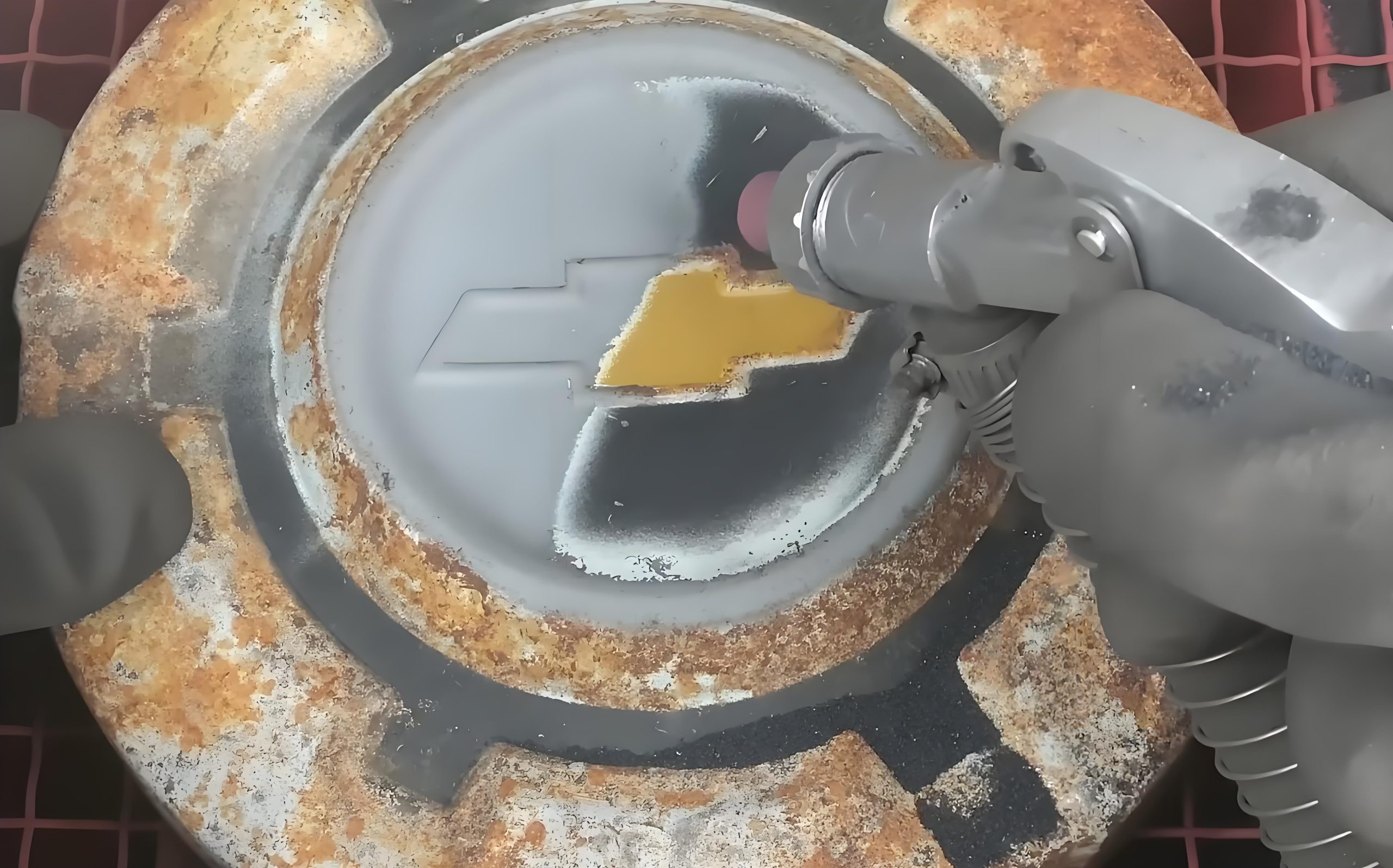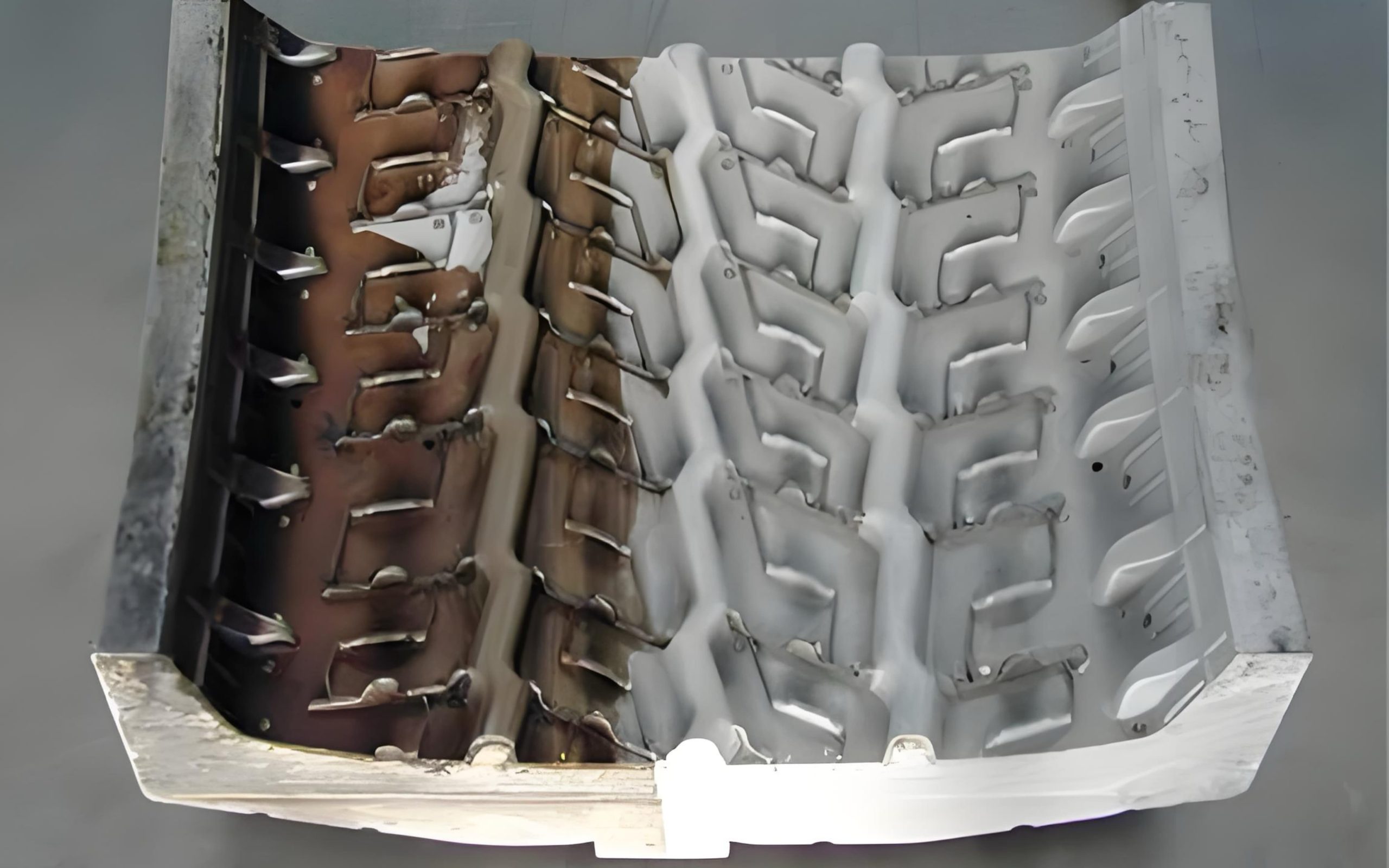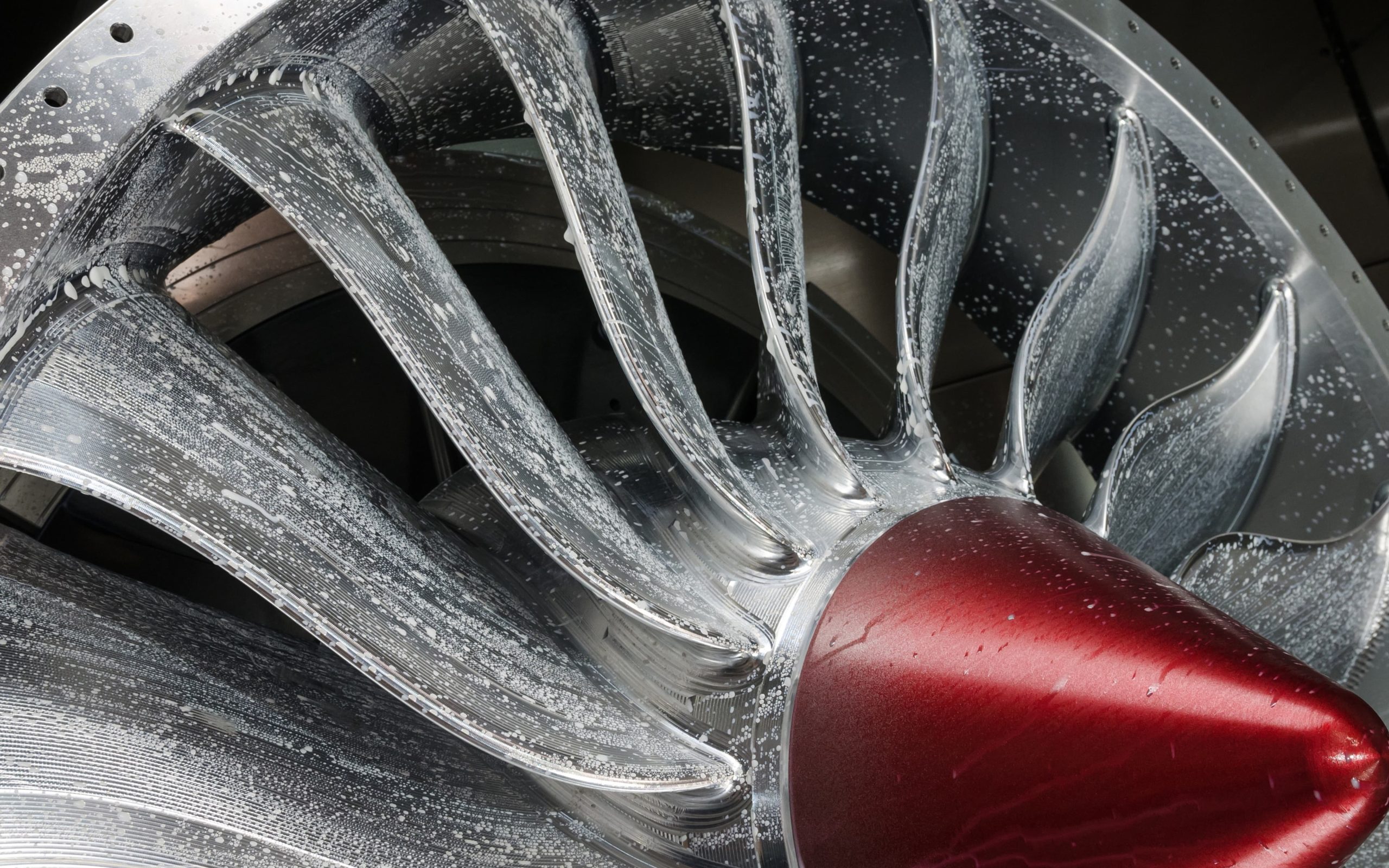The Critical Role of Ceramic Sand in Enhancing Automotive Manufacturing
March 25, 2025
In today’s automotive manufacturing, precision and reliability are non-negotiable. As manufacturers strive to meet stringent quality standards while reducing operational costs, the choice of abrasive media for surface treatment becomes crucial. Ceramic sand has emerged as the preferred abrasive for high-efficiency sandblasting, owing to its superior material properties, advanced process integration, and measurable economic benefits. This article presents an in‐depth technical analysis of ceramic sand, focusing on its impact on surface preparation, process optimization, and long-term cost efficiency in the automotive industry.
Automotive components undergo rigorous demands in terms of surface quality to ensure optimal coating adhesion, corrosion resistance, and overall durability. Traditional abrasives often fall short—exhibiting high wear rates, inconsistent particle shapes, and elevated dust generation. In contrast, ceramic sand, with its high hardness and excellent recyclability, provides a more consistent and efficient solution for surface preparation. This article examines the technical reasons behind ceramic sand’s effectiveness and its role in modern automotive manufacturing.

Technical Advantages of Ceramic Sand
Material Properties and Performance
Ceramic sand is typically composed of zirconia- or alumina-based ceramics, which offer a high Mohs hardness (often in the 7–8 range). This high hardness minimizes particle fragmentation during blasting, ensuring that the media maintains its cutting efficiency over many cycles. For instance, whereas traditional abrasives might be reusable for only 3–5 cycles, ceramic sand can sustain up to 30–50 cycles, significantly reducing media consumption and overall cost.
- Uniform Particle Geometry:
- The spherical shape and tight particle size distribution of ceramic sand ensure uniform kinetic energy transfer during the blasting process. This uniformity is essential for achieving a controlled surface roughness (commonly targeted in the Ra = 3–5 µm range for automotive applications), which directly improves coating adhesion and minimizes rework.
- Chemical Inertness:
- Ceramic sand is chemically inert, meaning it does not react with the substrate. This attribute is critical in maintaining surface purity, especially when preparing components for advanced coatings and adhesive bonding.
Process Parameters and Optimization
Optimizing blasting parameters is key to fully leveraging the advantages of ceramic sand. Controlled experiments have shown that:
- Blasting Pressure:
- Operating at pressures between 3 to 6 bar is optimal. Lower pressures may not achieve sufficient material removal, while excessive pressure risks over-abrasion and damage to delicate substrates.
- Nozzle Distance and Angle:
- Maintaining a nozzle-to-surface distance of 100–200 mm, with an impact angle between 45° and 75°, allows for even media distribution and consistent surface treatment. Fine adjustments to these parameters can fine-tune the surface roughness and overall finish.
- Exposure Time:
- The optimal duration depends on the part geometry and desired roughness. Shorter cycles are preferable for delicate surfaces, whereas more robust components may require longer exposure. Real-time monitoring of surface parameters via non-contact sensors (with resolution capabilities as high as 10 nm vertically and 1 µm horizontally) helps ensure that the desired finish is consistently achieved.
Integration with Smart Manufacturing
The advent of Industry 4.0 has brought digital tools and automation to the forefront of manufacturing processes, and ceramic sand blasting is no exception.


IoT-Enabled Process Monitoring
Smart sensors can continuously monitor key process parameters, such as abrasive wear, blasting pressure, and nozzle distance. Data collected in real time allows for dynamic adjustments, ensuring that the process remains within target specifications and reducing variability.
- Predictive Maintenance:
- Embedded sensors can alert operators to media degradation before it affects the process, allowing for timely media replacement. This proactive approach minimizes downtime and ensures that equipment operates at peak efficiency.
Environmental Benefits
Ceramic sand’s high recyclability contributes to a lower overall consumption rate, reducing waste generation and disposal costs. Its low dust production enhances workplace safety and minimizes the environmental impact of the blasting process, helping manufacturers comply with increasingly stringent environmental regulations.
- Sustainable Production:
- The use of ceramic sand aligns with green manufacturing initiatives, reducing the carbon footprint and supporting corporate sustainability goals.
Ceramic sand represents a transformative solution for automotive manufacturers seeking to enhance surface treatment processes. Its superior hardness, uniform particle size, and chemical inertness ensure consistent, high-quality surface finishes that improve coating adhesion and overall component durability. When integrated with modern IoT and AI technologies, ceramic sand blasting not only optimizes process efficiency but also significantly reduces long-term operational costs and environmental impact.
For manufacturers striving for precision, sustainability, and cost-efficiency, investing in ceramic sand technology is a strategic move that offers substantial benefits in quality, productivity, and overall competitiveness.
Filters














